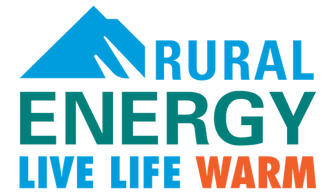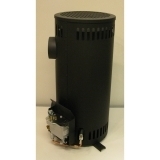The NordicStove is manufactured in Gothenburg, Sweden by Ingenjorsfirman Glembring Ab and are licensed for sale in North American by Rural Energy Enterprises.
NordicStove, Non-electric, Oil Drip Diesel Heaters:
The NordicStove is a unique and powerful non-electric stove that burns #1 or #2 fuel oil to create enough heat for your cabin, tent, home, or boat. With four BTU outputs available, you can use the NordicStove for a variety of applications. Use it in any off-grid lifestyle.














